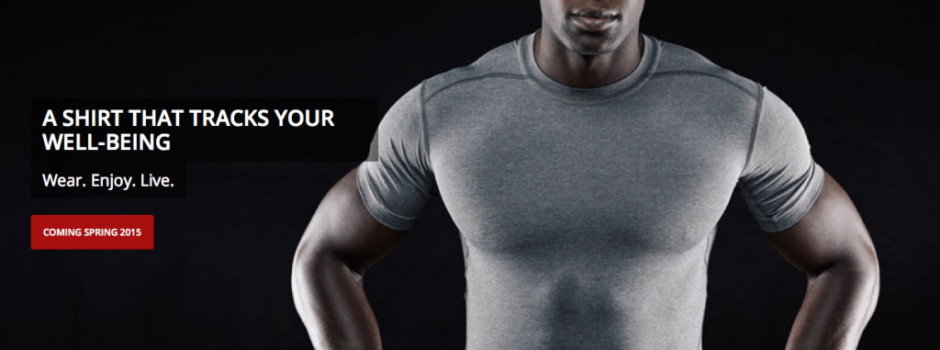
In January this year, Sarvint Technologies Inc. filed complaints for patent infringement in U.S. District Court for the Northern District of Georgia against a number of leading brands including Adidas North America, Ralph Lauren Corp., Textronics Inc. and Victoria’s Secret Stores. Sarvint is not an immediately recognizable name in the field, so how is it that they are causing such a stir in the world of wearable technology?
Background
Sarvint Technologies Inc.’s co-founders include Sundaresan Jayaraman and Sungmee Park. Both presented a paper at the First International Symposium on Wearable Computers held at MIT in October 1997. They were then based at Georgia Institute of Technology (Georgia Tech). In April 2014 Georgia Tech awarded Sarvint an exclusive right to two patents relating to what they claim is the world’s first wearable motherboard, which was invented there.
The company were originally scheduled to commercially launch a “smart shirt” using the technology this spring, but this has now been postponed to the summer. Using “specialty fibers,” the shirt is designed to measure heart rate, temperature, respiration and other data.
Patents and academic papers
The litigation goes back to the paper presented by Jayaraman and Park at MIT in 1997. According to Palaniswamy Rajan, also a company co-founder, “Intellectual property is one of a technology company’s most important and valuable assets …. Sarvint does not favor litigation, but we recognize that it is our duty to protect the company’s intellectual property anytime someone misappropriates it. We want these companies to discontinue business activities that infringe on our intellectual property.”
The lawsuit claims infringement of U.S. Patent No. 6,381,482 (2002), titled “Fabric or Garment with Integrated Flexible Information Infrastructure,” and U.S. Patent No. 6,970,731 (2005), titled “A Novel Fabric-Based Sensor for Monitoring Vital Signs.” Both appear to have their basis in the paper delivered at the MIT symposium in 1997 titled “A Sensate Liner for Personnel Monitoring Applications.”
The paper, and the body of research behind it, was primarily aimed at military applications, and the work was jointly sponsored by the Defense Advanced Research Projects Agency (DARPA) and the Defense Logistics Agency (DLA). However, mention was made of the possibility for additional applications for the sensate liner described in other areas of wearable technology, including medical monitoring.
Industry response
The wearable tech industry is no stranger to litigation for patent infringement. Last year Adidas made a claim against Under Armour for alleged mobile health fitness-related patent infringements. Sarvint is a relatively new company in terms of brand identity. The company argues that the existence of “unauthorized manufacturing” relating to its patents is interfering with its ability to build their management team and raise capital for its own products, namely the Smart Shirt.
Brands named in the legal action, and the wearable technology business in general, are saying little publically. But as these two patents reflect the most common approach to wearable technology for gathering biometric data, the industry is understandably nervous to see how this is resolved.
Marie O’Mahony is professor of Materials Art + Design at the Design Faculty, Ontario College of Art + Design University, also visiting professor at University of the Arts, London.
 TEXTILES.ORG
TEXTILES.ORG


